disclaimer: this post contains affiliate links, which means I may earn a small commission (at no extra cost for you). Read our Terms and conditions for more details.
The Bears Ears National Monument is one of the new national monuments in the USA. It’s very possible to have heard about this monument in regards to the Trump administration – Bears Ears National Monument Trump brings up a ton of search results on Google. But, beyond that, this is a great area to explore.
There are numerous things to do at The Bears Ears National Monument (Utah) – including hiking at the Bears Ears, canyoneering, and more. This guide to visiting Bears Ears National Monument shares what to do here, near by attractions, and useful tips for your trip! Many Bears Ears National Monument photos are included!
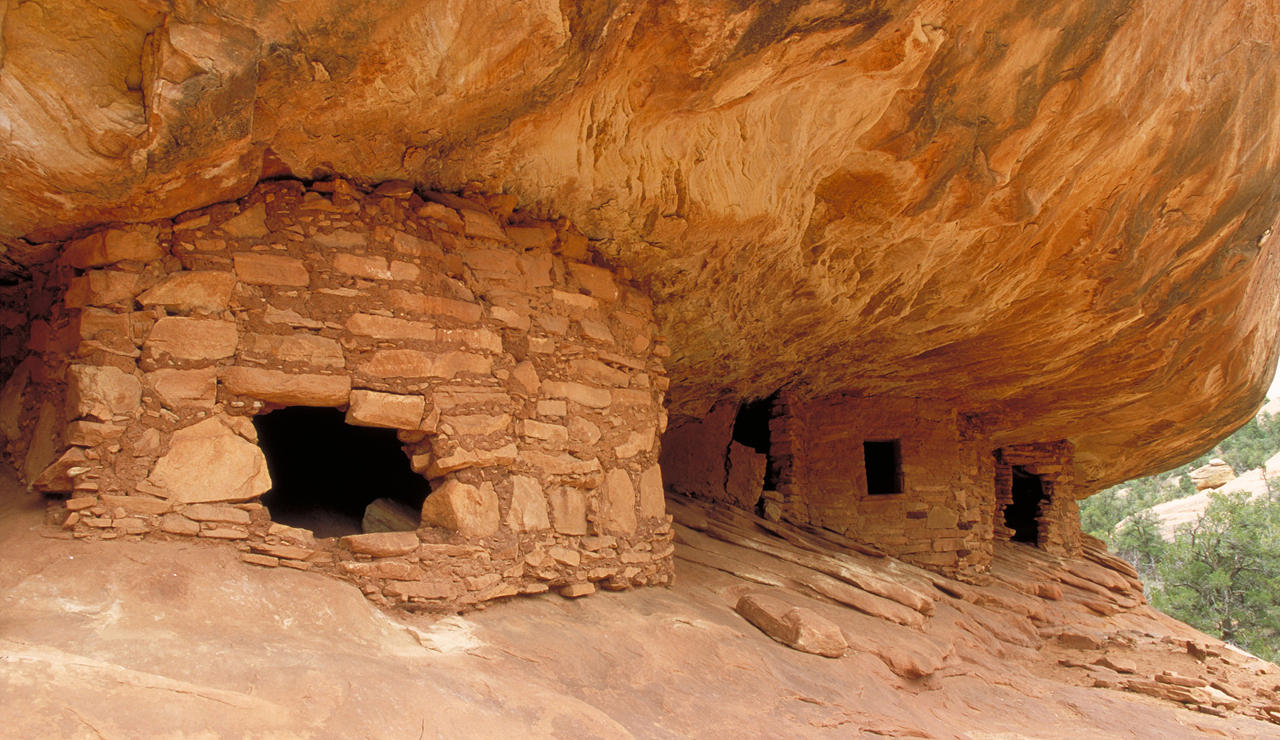
Your complete guide to visiting Bears Ears National Monument
When one state has five national parks and 16 national monuments, it would have to take something very amazing to warrant another national monument. Located in Utah, the Bears Ears National Monument would have gone largely unnoticed if it wasn’t met with so much political adversary. Before it was named the Bears Ears, it was known as Cedar Mesa.
The Bears Ears National Monument was created at the end of the Obama administration and diminished under the Trump administration. Since then advocates on both sides of the issue have launched political argument after argument in favor of their positions. Lost in the debate is the true beauty and reasons why people should visit the Bears Ears area.
With natural attractions such as Moab, Zion and Arches close by it would have to be something amazing even to justify consideration let alone inclusion into the areas that earn national status. As an outdoor adventurer, Rockrunner, who is one of the people most familiar with the area explains, “The Bears Ears area has a little of everything. It can be a trip through ancient history; adrenaline filled canyoneering adventure or a backpacking trip through an inhospitable wilderness.The area can be hard to access, but it’s worth it.”
Use this guide to Bears Ears and the useful tips for visiting Bears Ears National Monument when planning your visit and make sure you don’t miss a thing!
Native American history
The number one reason many people feel that the Bears Ears area needs protection is the history of native American culture.The area is home to hundreds of Native American ruins. In recent years Federal Agents have busted rings of treasure hunters who were looting the archaelogical sites and selling relics on the black market.
When it comes to the most popular attractions in the area, few of the relics are still left. Even though looters have taken things such as arrowheads and grinding bowls, spectacular ruins are still easily accessible for the history buff.
The Citadel
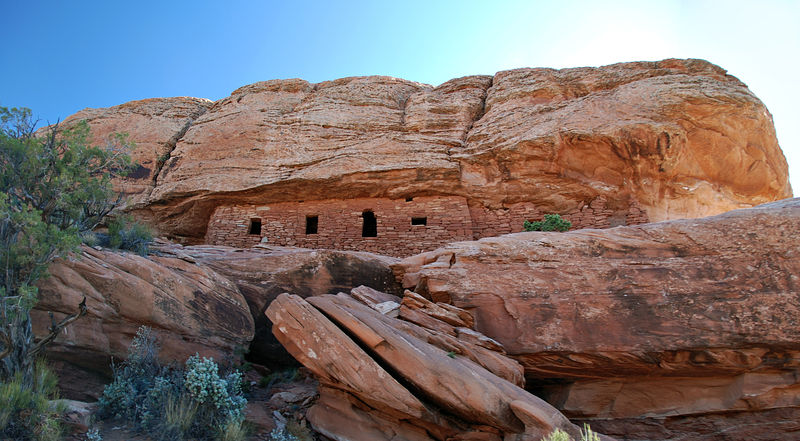
In the very heart of the Bears Ears National Monument is the Citadel. One of the most impressive ruins in the area (and one of the top attractions in Bears Ears). Built on a sandstone peninsula with a 300 foot drop on three sides the ruins are only accessible by walking over a 30 foot wide walkway.
Little remains of the old walls that were built as a defensive tactic on the narrow neck of rock, but what is there does tell a tale of why the Fremont Culture built their homes in this area.
Around the base of the island are numerous adobe homes built in the side of the rock.The ones on the southern end are starting to crumble, but the rest are in pristine condition.
If one looks closely, they can still see the imprints from where the hands pushed the mud in between the rocks — an activity that happened 1500 years ago.
The Ballroom
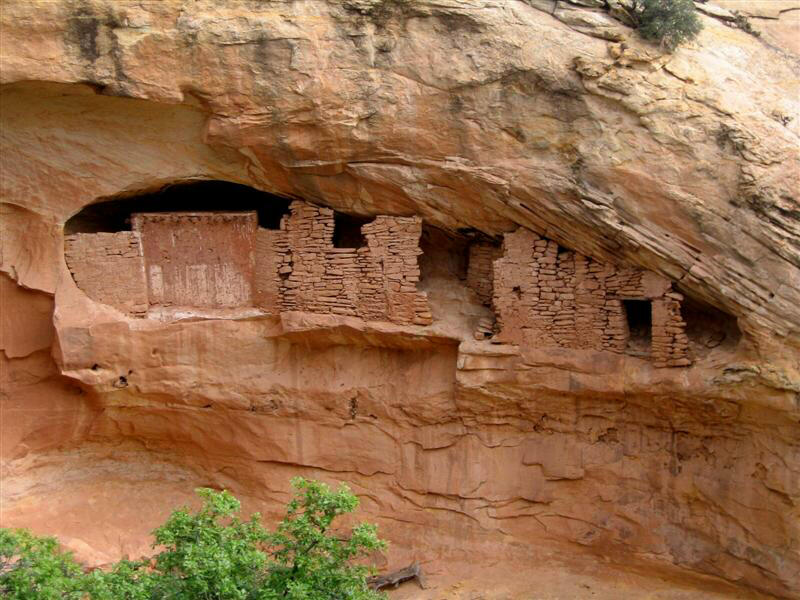
Located close to the main road are the ballroom ruins at the Bears Ears Monument.These ruins are a short hike from the main road and may require a little scrambling to reach.They are located several feet off the canyon bottom inside a cave.
The cave has several ruins built into the sides. From the front of the cave the ground falls off steeply, and a large cave area is present. Astute explorers should keep an eye out for metates, which are areas on rocks where the Anasazi spent large amounts of time grinding corn.
The best part of this ruin, unlike the Citadel, is the number of other ruins in the area – which makes this one of the best places to visit at Bears Ears National Monument. The Ballroom ruins are located in Butler Wash. Butler Wash is the name of a ruin, but it’s also the name of the trail you walk on. There are several ruins on the trail.
Other popular ruins in the Bears Ears area are Cave Tower Ruins, River House Ruins, Over/Under Ruins and Seven Kivas Ruin.
Canyoneering
Canyoneering is a technical adventure requiring ropes, and advanced technical skills. Many people may have the skills to navigate these canyons on their own. However, others choose to hire a guide service out of Moab t o take them.
A technical canyoneering adventure will often require abseiling, climbing and swimming. Adventurers who are brave enough to participate in this activity will discover beautifully sculpted narrows and places few people get to explore.
The Bears Ears Monument and surrounding areas have numerous canyons for people of all skill levels. It would be a shame to travel to this area and not experience some of the more rare and unique features the area has to offer.
Black Hole
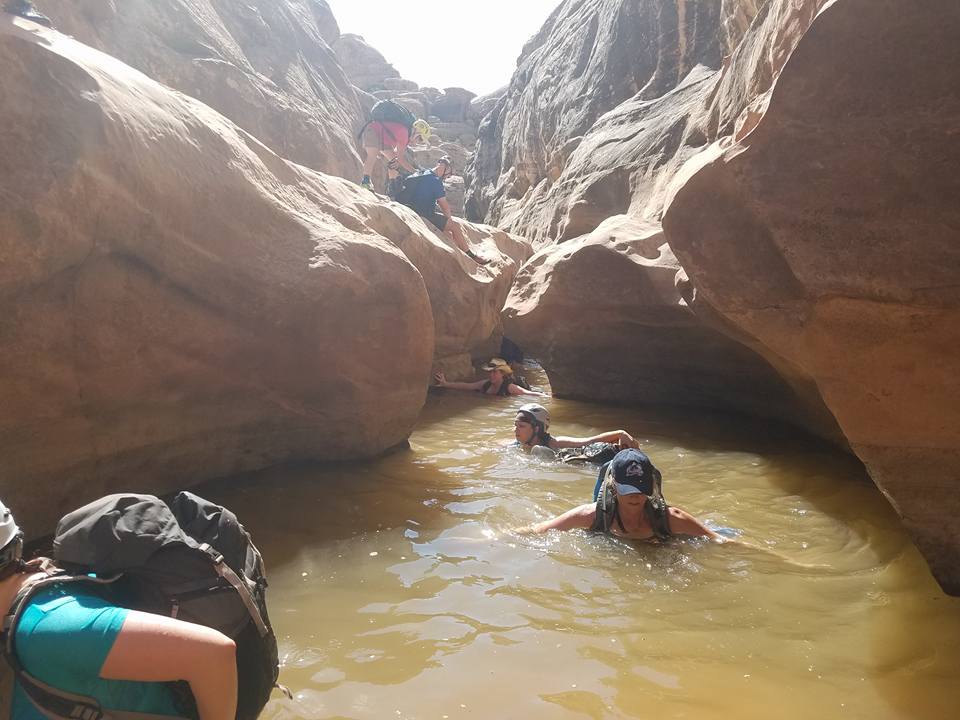
One of the easiest, but most fun canyons in the area is The Black Hole. It is a favorite for many locals and one of the top things to do at Bears Ears Monument. Even the hardcore canyoneers who frequent the area make it a priority to play in this canyon at least once a year.
This canyon always has water in it and in some places you may have to swim. After a rainstorm or flash flood, swims of 10 to 15 minutes aren’t uncommon. The Canyon gets its name from part of the canyon that is completely obscured by rock. It becomes more like a grotto instead of canyon.
Most people don’t need ropes to complete this canyon. It is complete with a lot of downclimbs and jumps into the water. Be careful the time of the year you go; the water is often cloudy and dirty, so you never know how deep the water will be.
Don’t have too much fun or you may miss the beautifully sculpted rock narrows – one of the top attractions at Bears Monument.
Cheesebox
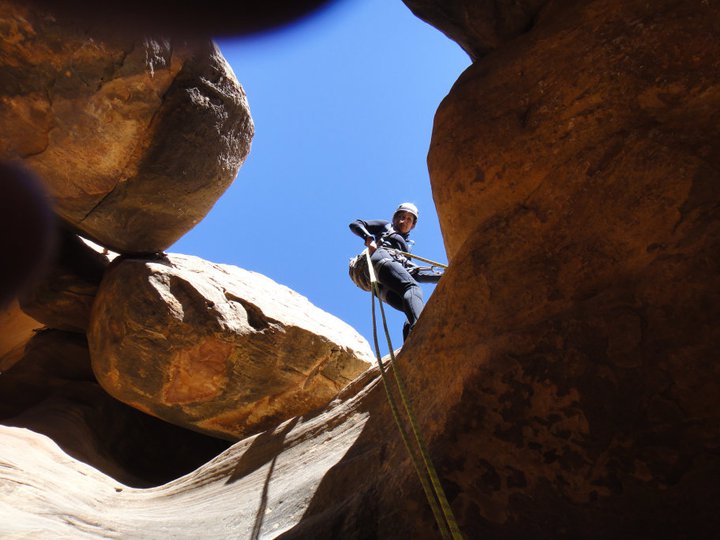
Some of the most prestigious canyoneering authors list Cheesebox as one of their favorite canyons. Cheesebox is a long canyon with lots of narrows and slots. There could be as many as seven rappels in the canyon or as few as four depending on your skill level. Rockrunner has done this canyon four different times, and each one was a completely different experience. How great your experience is will depend on how much water is in the canyon and how prepared you are.
Cheesebox canyon is named after a geographical feature on the way to the canyon that looks like a large cheesebox. Access to Cheesebox is several miles down a rough dirt road, also called the Cheesebox road.
At the beginning of the Cheesebox road you’ll see two graves for soldiers who were killed in a Native American ambush.
Other Technical Canyons in the Area: Gravel Canyon, Long Canyon, Cowboy Canyon, Fry Canyon
Backpacking in the Bears Ears area
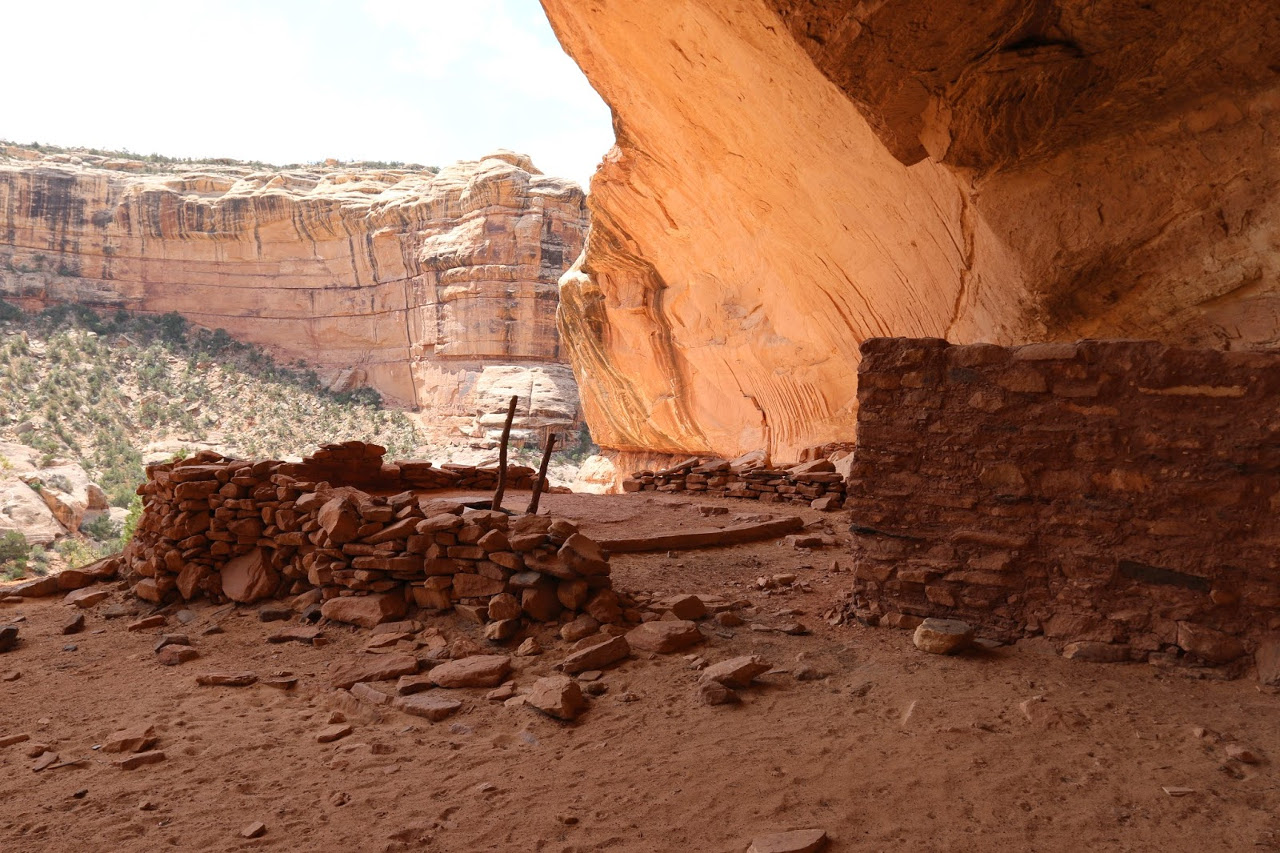
There are lots of options for avid backpackers in the Bears Ears area. Some of the best Native American ruins in the area are only accessible on a multi-day backpacking expedition. There are several options in the area. The largest area is Grand Gulch which has a lot of different routes, one of the most popular is Bullet Canyon.
On the other side of the road from Grand Gulch and close to the Citadel is a loop trip called Fish Owl Creek, which does follow a creek that may or may not be dry depending on the best time of year. Fish and Owl Creek also have ruins, but not as many as Bullet Canyon and the Grand Gulch area.
Use the information from this Bears Ears Monument guide and create your itinerary for a longer or shorter trip, depending on how much time you want to spend in the area. This Bears Ears area guide includes both the famous and the non-touristy attractions at the Bears Eara National Monument.
Bullet Canyon
Bullet Canyon is best known for its two major Native American Archaelogical sites: The Jailhouse Ruin, and Perfect Kiva Ruin. The wonderful thing about Bullet Canyon is it allows explorers a lot of options.
From a simple long day hike coming back the way they came in or doing an early exit out of one of the side canyons that come into the area. Many people choose to continue to the junction of Grand Gulch and travel down Grand Gulch.
For the people who continue down Grand Gulch, more spectacular sites await them. In Grand Gulch there is the Long House Ruin, Spring Ruin, and several large petroglyph panels. Be wary if you travel in the heat of summer. Water is scarce in this region winter, and early spring are the best times.
Fish and Owl Creek
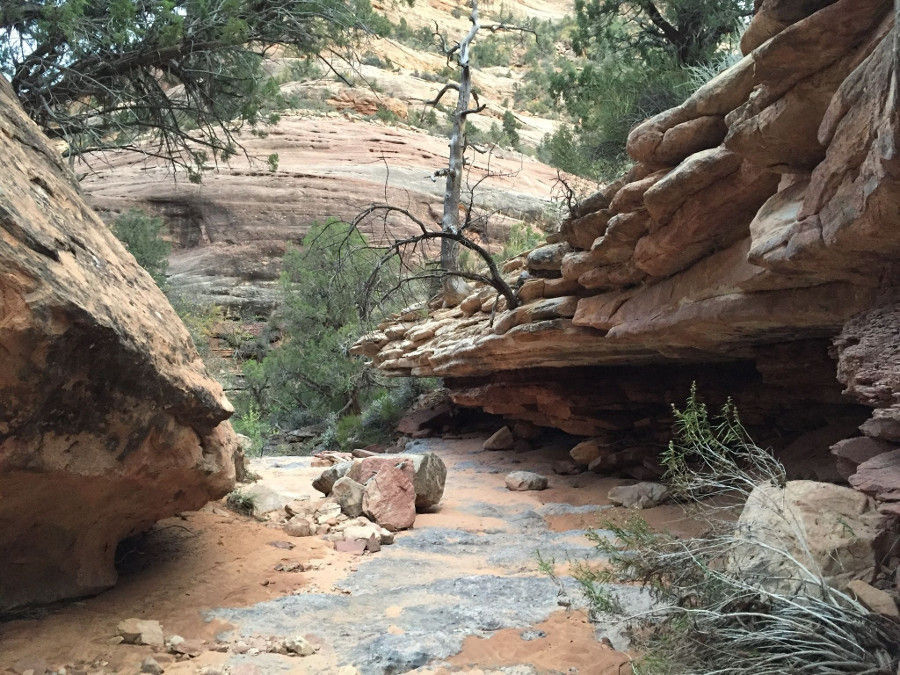
Fish and Owl Creek are on the other side of the highway from the Grand Gulch area and not far removed from the Citadel Ruins. Even though they are only separated by a few miles, the feeling and environment feel different. The 25 kilometer loop has an elevation drop and gain of almost 700 meters.
Fish and Owl creek canyons are some of the deepest and most spectacular in the Bears Ears area.Unlike most of the canyons in the area, a perennial stream runs through the bottom. Neville arch as well as two other unnamed arches can be observed on the route and lets not forget Native American ruins.
Even though they aren’t as impressive as the ruins in Grand Gulch, there are fewer people in the area, and you will probably have this trip all to yourself. Permits are needed for this route, and they are available on a first come first serve basis at the ranger station.
Other Backpacking Routes in the Area: Slickhorn Canyon, Dripping Canyon, Road Canyon
Other Attractions Nearby
Moab/Canyonlands/Arches
Moab is one of the best known adventure cities in the world. In early April, 4×4 enthusiasts come from all over to challenge their skills on the magnificent slick rock that surrounds this charming western town.
Just outside of Moab to the north is Arches National Park. A slickrock haven with numerous sandstone arches. A few years ago one of the arches collapsed, a reminder of how fragile this landscape is. Someday they will all be gone, so don’t waste any time.
Canyonlands is just to the west of Moab. Canyonlands National Park features eroded landscapes similar to the Grand Canyon. However, the minerals in the ground make it far more colorful.
Canyonlands is divided into three major sections; The Island in the Sky, the Needles and the Maze. Driving through the heart of the park are two the the western United States greatest rivers, the Green River and The Colorado River.
Lake Powell
Lake Powell is part of the Glen Canyon National Recreation Area, and it is the second largest man made lake in the United States. It hosts more than 2 million yearly visitors.
Many people are there for water recreation and others just want to get the perfect picture.Rent a houseboat at any number of their marina’s and stay a while.
Natural Bridges National Monument
Natural Bridges National Monument was the first monument in Utah. However, it was virtually inaccessible until the later half of the last century.
It features three natural bridges in the white granite that gives nearby White Canyon its name.There is more to this Monument than natural bridges. It is also home to Anasazi Ruins and rock art.
Valley of the Gods
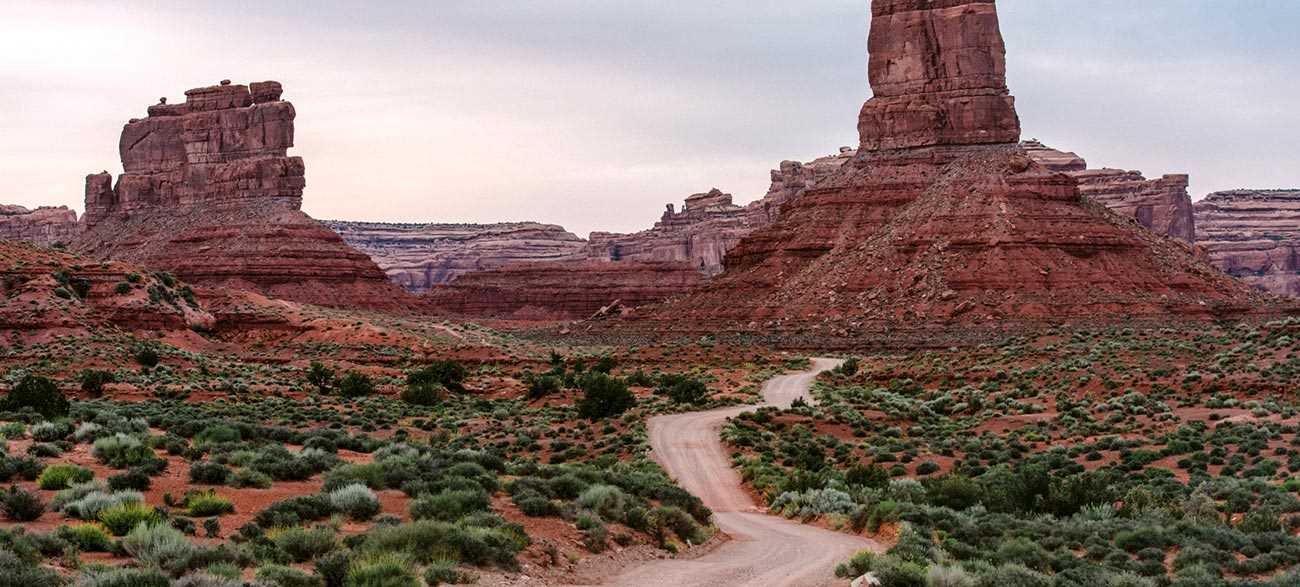
A spectacular drive down a dirt road. Depending on which way you approach the valley, the ground drops away leaving a breathtaking view of large sandstone monuments rising from the Valley Floor. A perfect alternative if you don’t want to hike.
Where to Stay at the Bears Ears?
Unless you like camping, there aren’t a lot of lodging options in the Bears Ears area. There isn’t 4 or 5 star lodging anywhere close. The two closest cities where you can rent a motel would be Blanding, Ut, and Hanksville, Ut.
If you desire something nicer than your typical road motel, Moab, Utah is about 2 hours away and has lots of options for lodging. However, Moab is popular year round, so booking in advance is advised.
How to Get to Bears Ears National Monument
Because of the remoteness of the Bears Ears area, there isn’t a fast way to get there.If you want to cut back on car time, you can fly into Grand Junction, CO airport, but the smaller shuttle may be more money.
The closest international airport is the Salt Lake City international airport. From Salt Lake City to the Bears Ears area is about 6 hours by car.
Article by David Johnson. David is a hardcore outdoor enthusiast who resides in the Southwest United States. He has written for many local newspapers and outdoor recreation websites. You can follow him on Instagram.

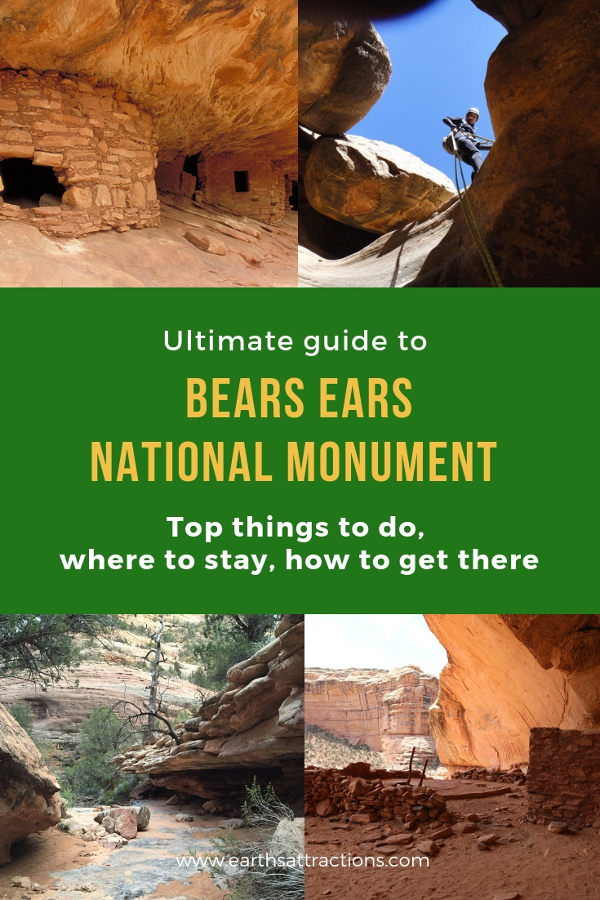
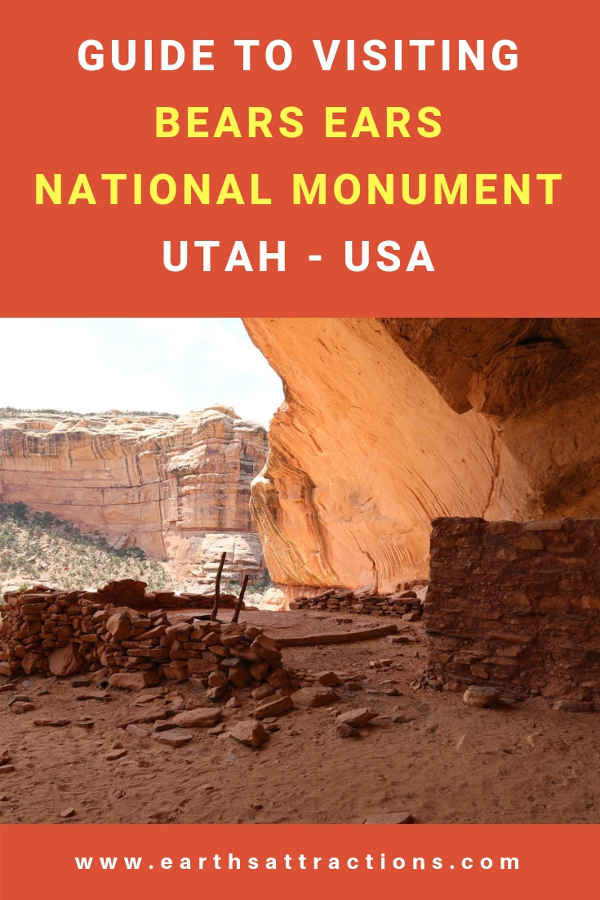
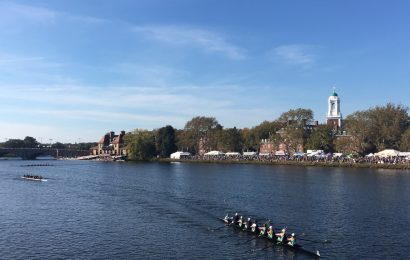
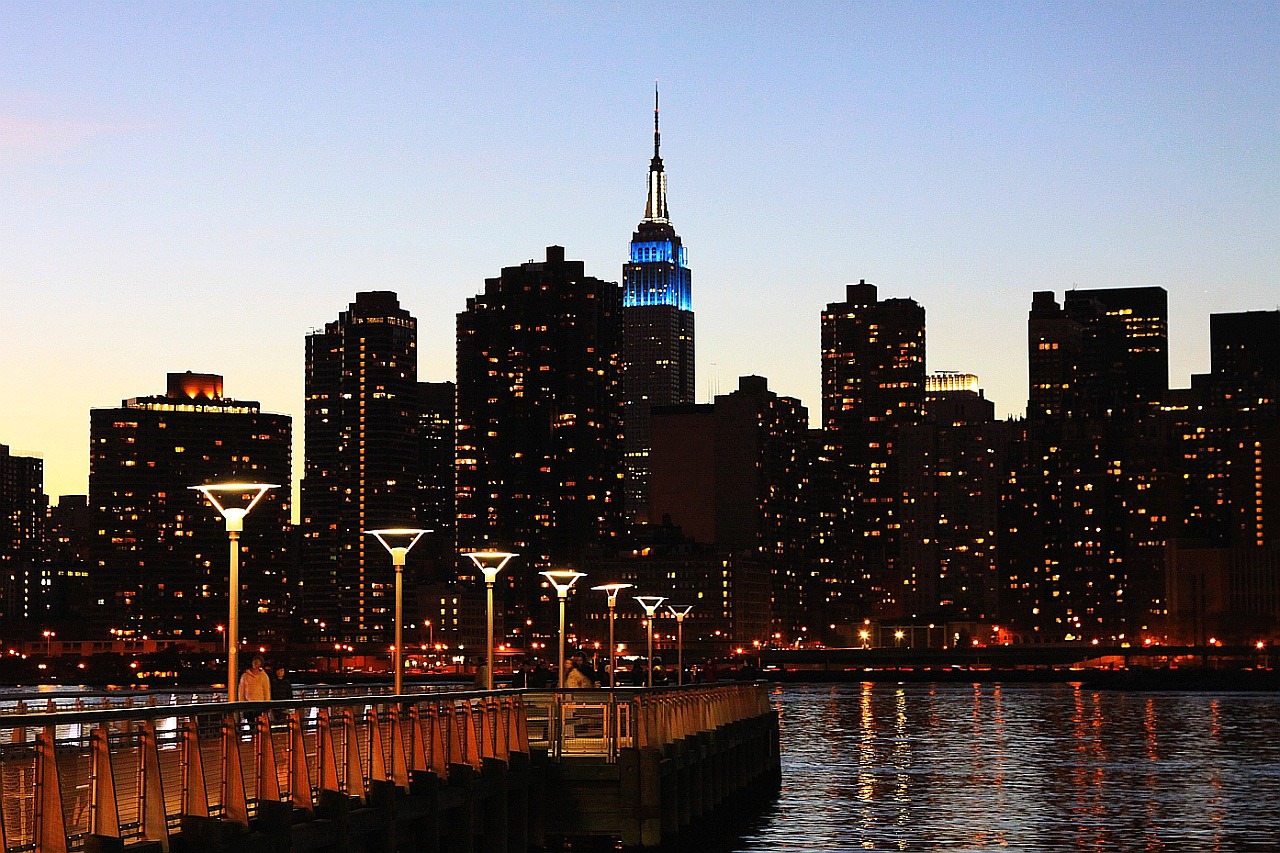

Oh my gosh – beautiful post and pictures. I really appreciated how you remarked that nature doesn’t necessarily need to be politicized.. sometimes I also think it goes overboard and we miss the point of marveling at natural wonders. I like hiking, but some of these spots look really hardcore! Nice post. Will pin.
I’ve never had the opportunity to go to any of the major canyons, and only recently heard about Bears Ears. (Like you said, in political news.) These pictures are gorgeous! And canyoneering looks like a super fun challenge.
If the opportunity to visit crops up I’ll have to jump on it!